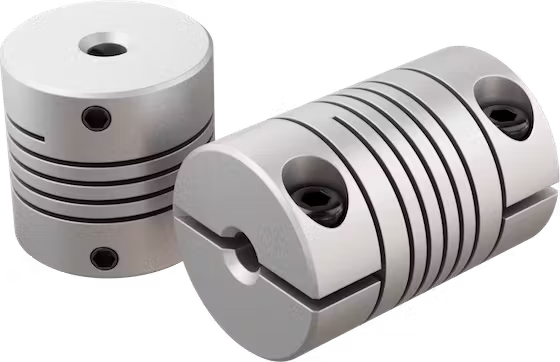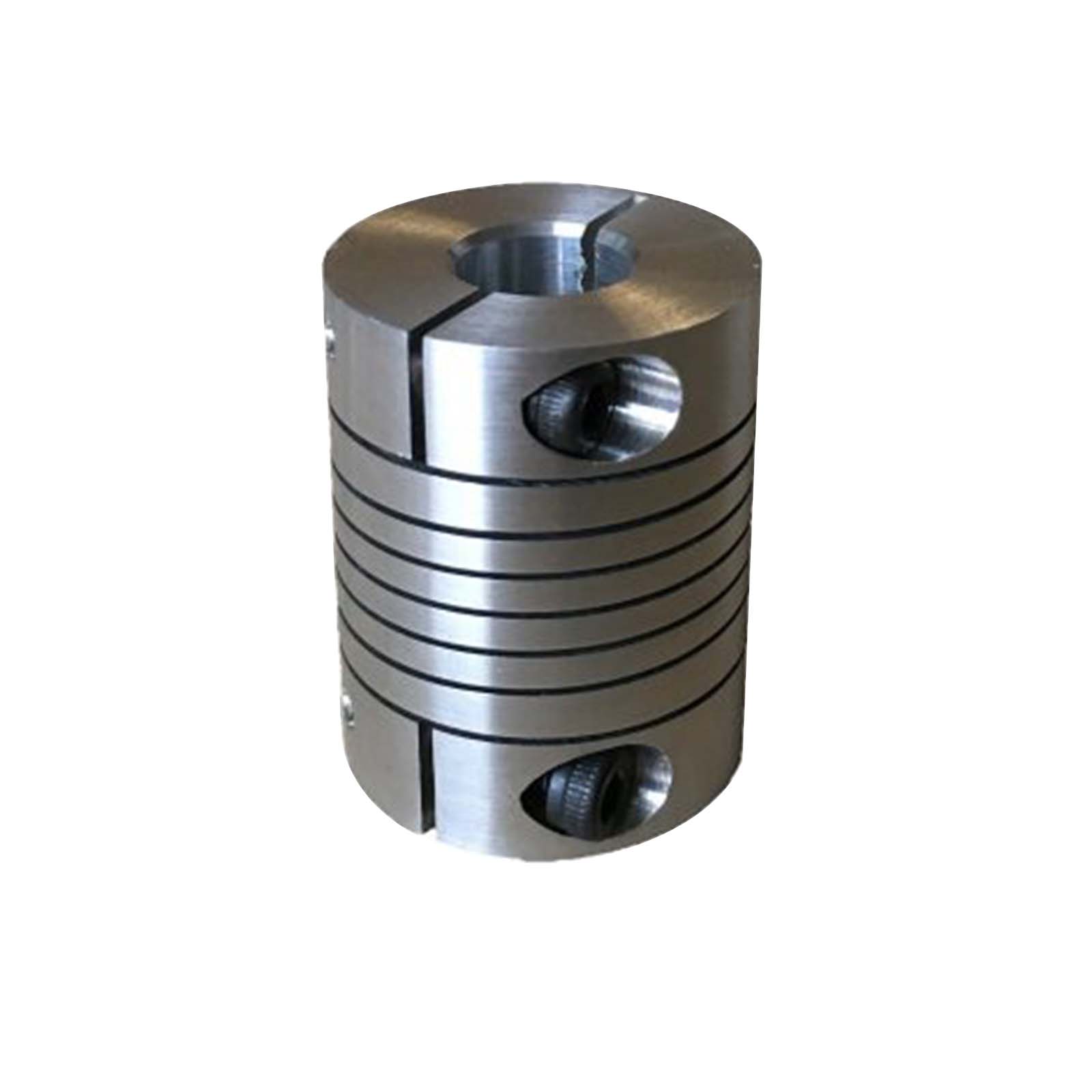“`html

Introduction to Beam Coupling
Beam coupling, often utilized in educational laboratory equipment, stands out due to its exceptional flexibility and precision. Designed for motion control applications, it compensates for misalignments and delivers torque smoothly.
Key Features of Beam Coupling
- High Flexibility: Adapts to angular, parallel, and axial misalignments without significant stress.
- Zero Backlash: Ensures precise motion transfer, crucial for laboratory settings.
- Torque Capacity: Capable of handling varying torque levels, making it versatile for different applications.
Applications and Advantages
Beam couplings are particularly suited for educational laboratory equipment due to their unique advantages:
- Accuracy: Ensures precise measurements and operations in sensitive experiments.
- Durability: Withstands repetitive use, making it cost-effective for educational purposes.
- Low Maintenance: Requires minimal upkeep, ideal for busy laboratory environments.
- Versatility: Compatible with various types of laboratory equipment.
- User-Friendly: Easy to install and replace, reducing downtime in educational settings.
Working Principle of Beam Coupling

Beam coupling operates through a helical cut pattern that creates a series of coils. This design allows for misalignment absorption while maintaining a high degree of torque transmission and rotational accuracy.
The flexibility of the beam coupling is a result of its ability to elongate, compress, and bend, accommodating misalignments in connected shafts.
Lastly, the helical design distributes stress over a larger area, reducing wear and extending the coupling’s lifespan.
Selecting the Right Beam Coupling
- Torque Requirements: Assess the torque needed for your laboratory equipment to ensure the coupling can handle the load.
- Misalignment Tolerance: Consider the type and degree of shaft misalignment to select a coupling with adequate flexibility.
- Size and Fit: Ensure the coupling fits the shaft dimensions and the space available in the equipment setup.
- Material: Choose a material that suits the environment (e.g., moisture, chemicals) where the equipment will be used.
- Operational Speed: Verify that the coupling can perform at the required speeds without degrading.

Maintenance of Beam Coupling
Maintaining beam coupling involves regular inspections for wear and misalignment, ensuring screws and components are tight, and replacing the coupling if it shows signs of fatigue or damage. Proper maintenance is crucial for the longevity and performance of the coupling, especially in the demanding environment of educational laboratories.
About HZPT
Established in 2006, HZPT is a premier manufacturer and exporter specializing in the design, development, and production of couplings. With a design and R&D team boasting 16 years of experience, we offer customized solutions tailored to global customer needs. Our comprehensive quality control system spans from raw materials to the finished product, ensuring the highest standards. All our products are CE and TUV certified, reflecting our commitment to quality and customer satisfaction. Based on the philosophy of “Quality for survival, reputation for development,” HZPT is your go-to source for high-quality, competitively priced couplings, including beam couplings ideal for educational laboratory equipment. Our main clients are in Europe and America, where we are well-reputed for our optimal service, top product quality, and competitive prices. We look forward to cooperating with new customers worldwide and establishing successful business relationships in the near future.
“`
